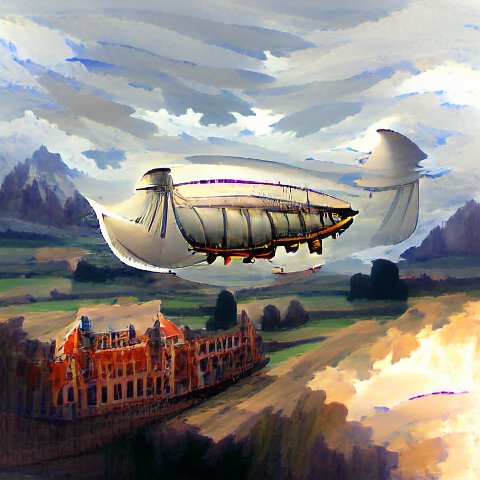Book contract: Home Fires Burning
I am delighted to announce that I have signed an advance contract with Cambridge University Press((Founded in 1534. Just sayin’…)) to publish my next book, currently entitled Home Fires Burning: Emotion, Spectacle, and Britain’s First War from the Air, in their Studies in the Social and Cultural History of Modern Warfare series. Here’s a one […]










